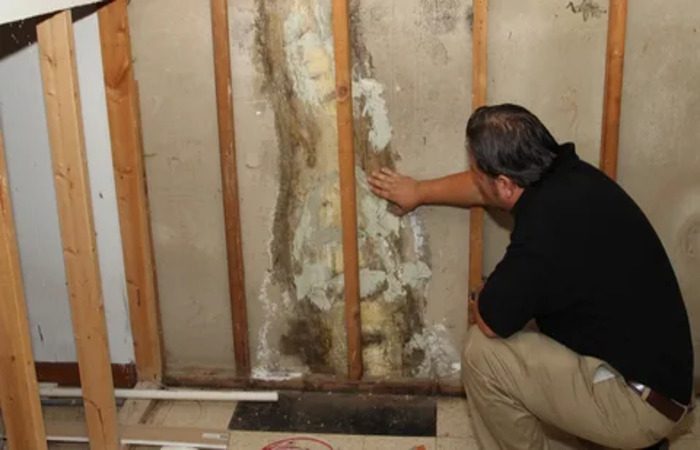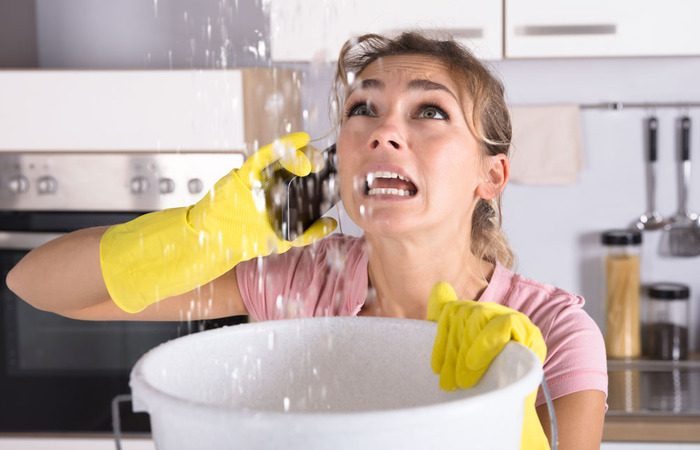Water damage can happen fast. A burst pipe, heavy rain, or a leaking roof can flood a space in minutes. Without quick action, water spreads, causing structural issues and mold growth. Acting fast can prevent costly repairs and health risks.
Delaying action allows moisture to soak into floors and walls. This weakens materials and creates hidden damage. If left untreated, water can seep into the foundation, leading to cracks and long-term instability.
A quick response prevents these risks. Immediate water removal and drying reduce damage. Restoration professionals use specialized equipment to extract moisture and restore the space safely.

The First 24 Hours Are Critical
Water spreads quickly. Within minutes, it soaks carpets, floors, and walls. In hours, wood swells, drywall weakens, and mold spores begin to settle. If ignored, damage worsens, making restoration harder.
Flooring materials may separate, furniture may absorb moisture, and ceilings can sag under the weight of trapped water. Structural components weaken, leading to safety hazards.
Water damage restoration procedures should start as soon as possible. Removing standing water prevents deeper damage. Drying the area stops mold from forming. Professionals use advanced tools to find moisture hidden behind walls and under floors.
Mold Can Grow Within a Day
Mold thrives in damp conditions. It spreads on walls, ceilings, and furniture. Spores travel through the air, affecting indoor air quality. Mold can cause unpleasant odors and health issues.
Some mold strains cause respiratory problems and allergies. Exposure can be dangerous for children, the elderly, and those with breathing conditions. Once mold spreads, removal becomes more complicated and expensive.
Immediate water damage restoration stops mold before it starts. Experts use industrial dehumidifiers to dry affected areas. This prevents moisture from lingering and stops mold growth.
Water Weakens Structural Integrity
Water can damage the foundation of a building. Wood absorbs moisture and starts to rot. Drywall crumbles when soaked. Concrete weakens over time.
If left untreated, wooden beams may decay, compromising the structure. Wet drywall loses its strength, leading to cracks and holes. Even metal components may rust, weakening their load-bearing capacity.
Without fast intervention, structural repairs become expensive. Water damage restoration professionals remove damaged materials and reinforce weakened areas. This prevents major reconstruction costs.
Salvaging Furniture and Belongings
Water can ruin furniture, electronics, and personal belongings. Fabric absorbs moisture, leading to stains and mildew. Wood warps and cracks. Electronics short-circuit when exposed to moisture.
Documents, photographs, and sentimental items can be lost forever. Leather furniture may shrink and crack. Wooden furniture may split or swell, making it unusable.
Quick action increases the chance of saving items. Experts use drying techniques to restore furniture, carpets, and documents. Some items can be salvaged if treated within hours of exposure.
Preventing Electrical Hazards
Water and electricity are a dangerous mix. Flooded areas pose the risk of electrical fires and shocks. Water can seep into outlets, wiring, and electrical panels.
Even small amounts of moisture in electrical systems can cause dangerous shorts. Appliances exposed to water may become unsafe to use. Damaged wiring increases the risk of future failures.
Turning off power immediately reduces risks. A water damage restoration service includes electrical safety checks. Experts assess the damage before restoring power to prevent hazards.
Stopping Secondary Damage
If water sits too long, it causes secondary damage. Floors buckle, walls crack, and insulation becomes useless. Water can seep into hidden areas, leading to long-term problems.
Damp insulation loses its effectiveness, making heating and cooling inefficient. Wooden floors may swell beyond repair. Paint and wallpaper may peel, leaving walls exposed to further damage.
Acting fast stops this cycle. Removing water, drying materials, and using professional-grade equipment prevents further damage. Quick action keeps costs lower and restoration time shorter.

Insurance Benefits and Claim Approvals
Most insurance policies cover water damage, but only if action is taken quickly. Delayed cleanup can lead to denied claims.
Insurance adjusters inspect damage carefully. If mold growth or structural issues arise from delays, coverage may be reduced. Waiting too long may result in out-of-pocket expenses.
Hiring a water damage restoration service ensures proper documentation. Professionals provide reports and photos, making the claim process smoother. Fast action increases the likelihood of full coverage.
Professional Restoration vs. DIY Efforts
Mopping up visible water is not enough. Water can seep under floors and behind walls. Household fans and dehumidifiers do not remove deep moisture.
DIY cleanup often overlooks hidden water damage. Without professional-grade tools, drying can take too long, leading to mold and decay. Improper handling of contaminated water can also pose health risks.
Water damage restoration professionals use powerful extraction tools. Infrared cameras detect hidden water pockets. Industrial dryers ensure complete moisture removal. Without proper drying, mold and decay continue to spread.
Emergency Response Matters
Water damage requires an urgent response. Restoration teams are available 24/7 for emergencies. Waiting until morning or after a weekend can make damage worse.
Fast action helps minimize business disruptions and property losses. Homes and commercial spaces benefit from early intervention, reducing downtime and repair costs.
Calling professionals immediately can save thousands in repairs. Fast response prevents permanent structural issues and reduces cleanup time.
The Restoration Contractors Is Ready to Help
Water damage can’t wait, and we’re here to respond fast to protect homes and businesses. Our team uses advanced tools to remove water, dry spaces, and restore properties.
With years of experience, we handle emergencies efficiently. Our experts are trained to assess damages, prevent mold, and restore affected areas quickly—ensuring quality work.